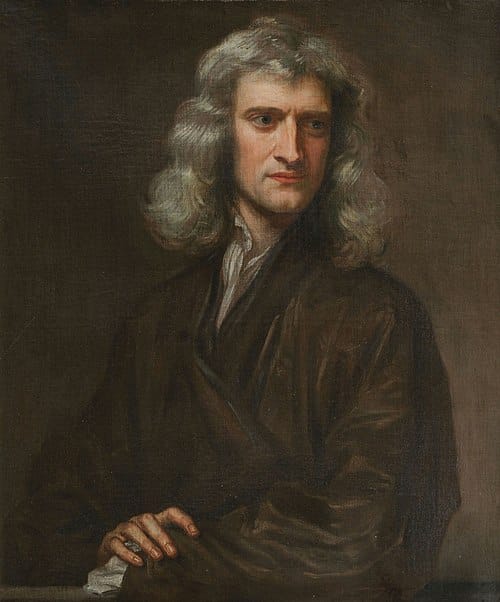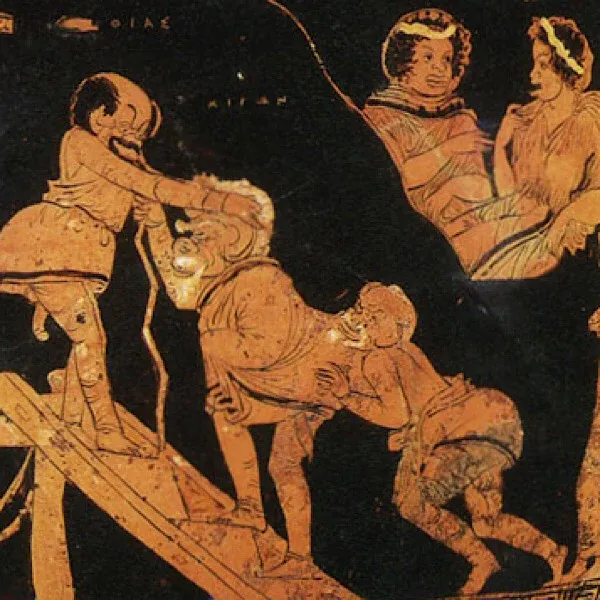A philosophical exploration of imitation, dance, imagery, and the unconscious forces that move the body through collective and individual expression.
Read next

The Birth of A New Image of The World
This essay explores how the fall of Newtonian physics and the rise of Einstein’s relativity and quantum mechanics transformed our understanding of scientific truth, revealing that no theory is ever final.

Between the Science of Philosophy and the Act of Philosophising
Distinguishes the Science of Philosophy from the act of Philosophising, exploring study versus lived reflection in thought, action, and inquiry.

On Free Will Vs Determinism
This essay explores Nietzsche’s “Eternal Return” and the paradox between destiny and free will, examining how awareness, suffering, and divine will intertwine in the search for human meaning. It asks whether enlightenment is liberation or a deeper loop within the cycle of existence itself.
